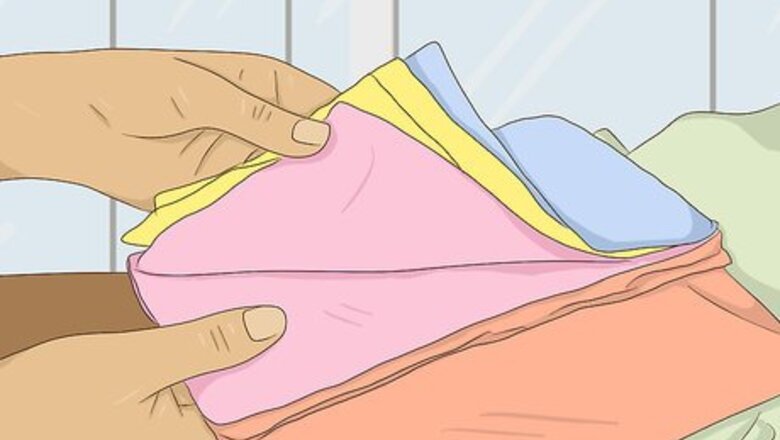
views
Designing Your Ballgown
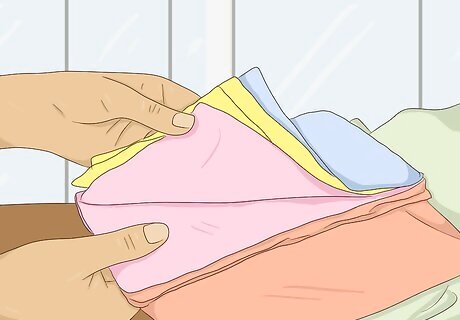
Opt for a classy fabric. Neon colors, animal prints, and other loud designs are not ideal for ballgowns, which are usually meant to be worn at upscale formal events. Instead, stick with colors, prints, and textures that are more subdued. Some colors, prints, and textures you might consider for your ballgown fabric include: Dark colors, such as blue, black, plum, and green. Pastels, such as pale pink, baby blue, and mint green. Subdued prints, such as florals, brocades, and other subdued graphic details. Textured fabrics, such as lace, dotted Swiss, and tulle.
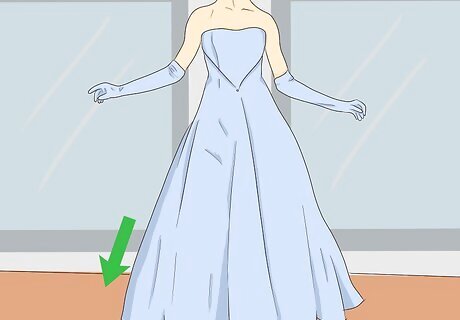
Look for long dress patterns. Ballgowns are usually floor length, so choose a dress design that will go all the way to the ground. If you do not want your gown to go all the way to the ground, then opt for a design that is at least long enough to cover your ankles. Make sure to consider the shoes you will be wearing as well. If you will be wearing heels, then you might want to show them off a bit, and an ankle length dress will work best for this.
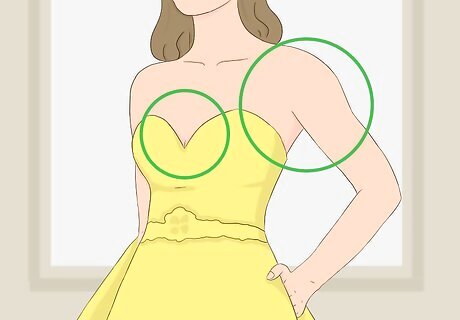
Steer clear of revealing designs. Showing too much of your cleavage, back, or legs can take your ballgown from classy to trashy. It’s okay to show a small amount of skin while you are wearing your dress, but make sure that you do not go overboard. For example, you might opt for a dress that shows off your arms, a small amount of cleavage, part of your back, or a glimpse of your legs with a conservative slit.
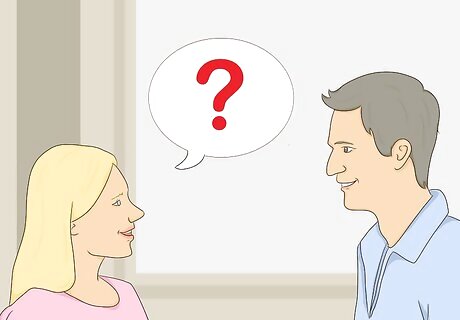
Consider what your partner will be wearing. If you will be wearing your ballgown to an event that is meant to honor your partner, such as a Marine Ball, then make sure that you consider your partner as you design your gown. Some questions you might consider include: What type of ballgown would complement his uniform? What colors does he like on you? What type of design might he enjoy seeing you in?
Gathering Materials for Your Ballgown
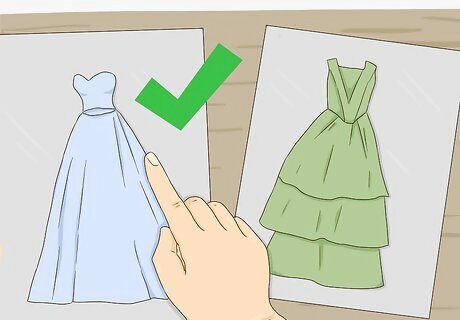
Select a pattern that matches your skill set. There are many beautiful sewing patterns available for making a ballgown. Take some time to visit your local craft store and look through the pattern catalogs. Consider the styles that suit your body type best to help you narrow down your choices. Then, purchase the pattern that suits your style for the ballgown. Sewing patterns require varying degrees of skill to use. Consider your level of sewing expertise as you consider patterns. For example, if you are a beginner sewer, then stick to patterns that are labeled as “beginner” or “easy.” If you are an experienced sewer, then look for patterns labeled as “intermediate” or “advanced.”
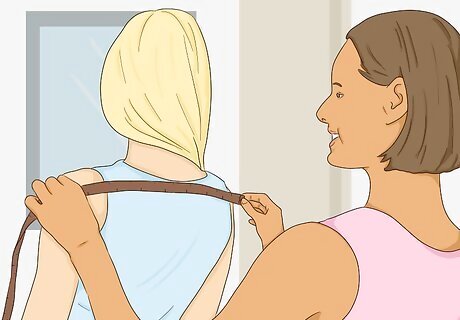
Take your measurements. When using a pattern, it is important to use measurements to determine what size you need to make your ballgown in rather than relying on the size you normally wear. Measure around your bust, natural waist, and the widest part of your hips. Then, check the chart on your pattern to determine what size you will need to make your ballgown.
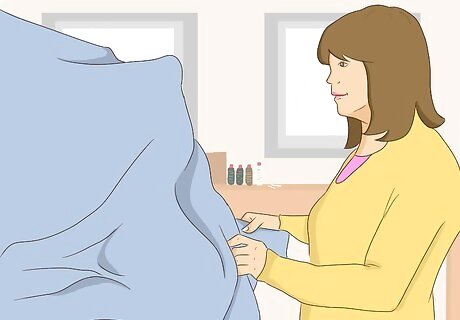
Buy your fabric. Your ballgown will probably require a large amount of fabric since most ball gowns have long, flowing skirts. Check your pattern’s package to determine how much fabric you will need to buy. Depending on the style of your ballgown, you may need more or less fabric. The required amount of fabric should be indicated on the back of the pattern’s package. When you are working on a sewing project, it is always better to buy more fabric than you think you will need. Consider rounding up the patterns suggested fabric amounts to the nearest whole amount. For example, if the pattern recommends 2 ¾ yards of a specific type of fabric, then you might want to round up to 3 yards. Consider your pattern’s recommendations for fabric type when you are selecting a fabric. For example, if the pattern recommends using a lightweight fabric, such as satin or crepe, then stick to these types. Subbing for a heavier fabric may affect the way the dress hangs and moves.
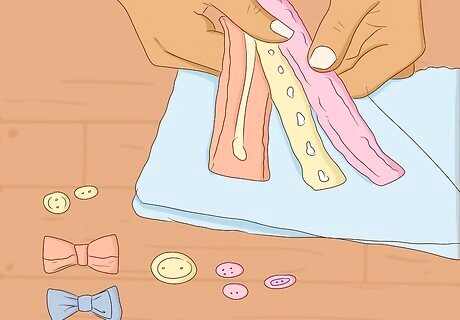
Buy your notions. Check the pattern’s indications for what you will need to execute the design. Along with fabric, your pattern may also require you to buy interfacing, a zipper, hook and eye closures, ribbon, or other notions. Make a list of everything you will need and purchase these items before you begin working on your ballgown.
Sewing the Ballgown
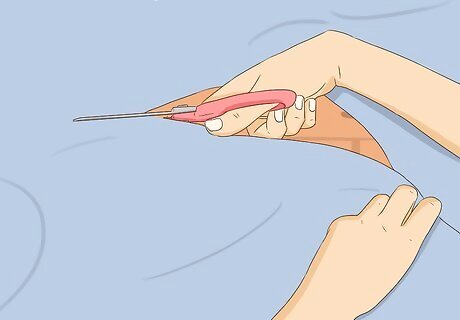
Cut out the pattern pieces as indicated. When you have all of your materials together, take all of the pattern sheets out of the package. Lay one out on a table or other clean, flat work surface and begin cutting around the edges of the pieces as indicated. You should see lines on your package indicating where to cut for each size. Cut along the lines indicated for your size. Cut carefully and make sure that you do not cut the pattern smaller than indicated. You should aim to cut right on the lines or just outside the lines. You may even find it helpful to highlight the lines of the pattern size that you need to make.
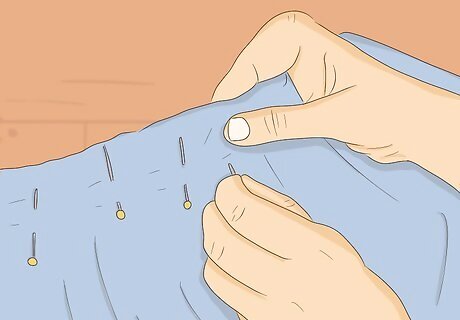
Fold your fabric and pin the pattern pieces onto it as indicated. You will need to lay out your fabric and then fold it in half. Use your pattern’s instructions as a guide to pin your pattern pieces to the fabric. Every pattern will be a little different, so it is important to follow the instructions carefully. If you are unsure about what any of the symbols mean, then check the pattern instructions for a glossary. If you are feeling lost, then you may need to learn how to read a pattern first. You may even consider making a few sewing lessons to improve your sewing skills before you attempt to make a ballgown.
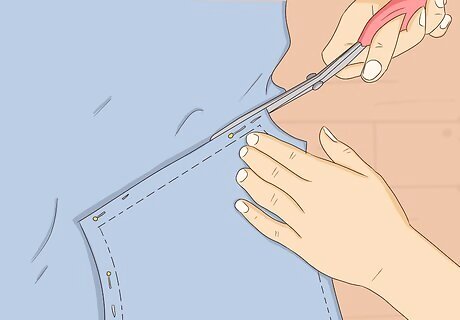
Cut out the fabric along the edges of the pattern. After you have finished pinning your pattern pieces to the fabric for your ball gown, you can begin cutting around the edges of your pattern. Make sure to cut along the edges of the pattern pieces and not outside or inside of them. Do not cut inside of the lines or your ballgown may turn out too small.
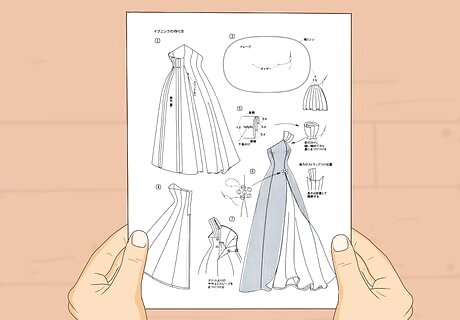
Follow the pattern’s instructions for sewing the fabric pieces together. Every pattern is different, so it is important to follow the directions for the ballgown pattern you have chosen. Work slowly so you don't make any mistakes. You will likely need to pin identical pieces of fabric together and then sew along the edges as indicated by the pattern to assemble your dress.



















Comments
0 comment